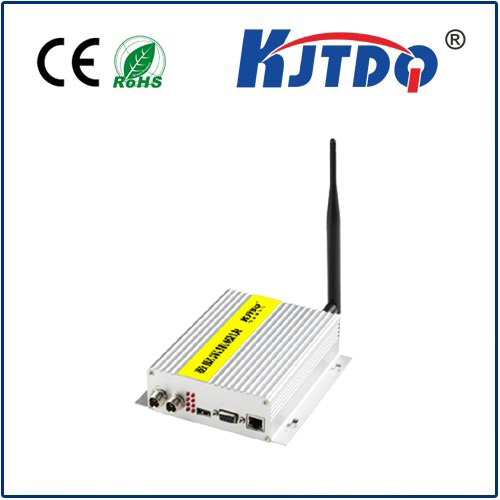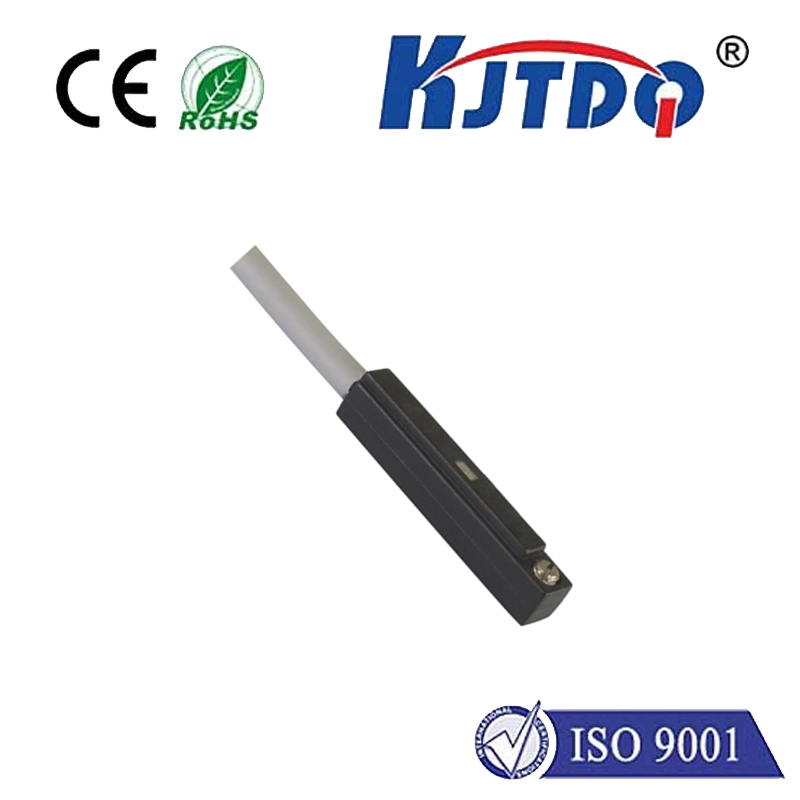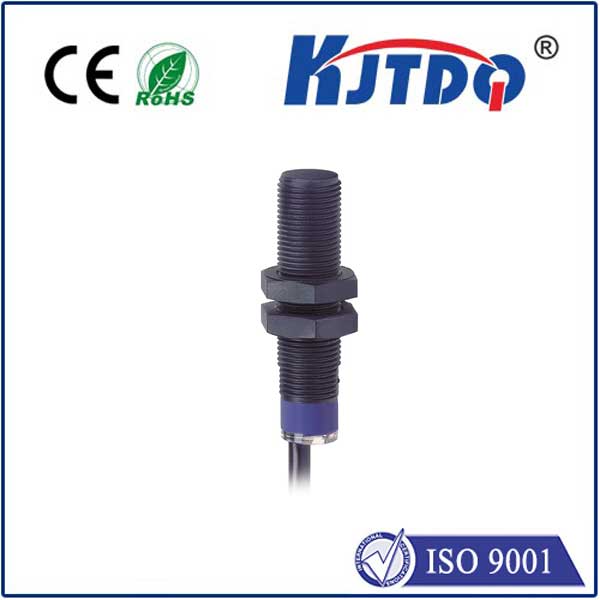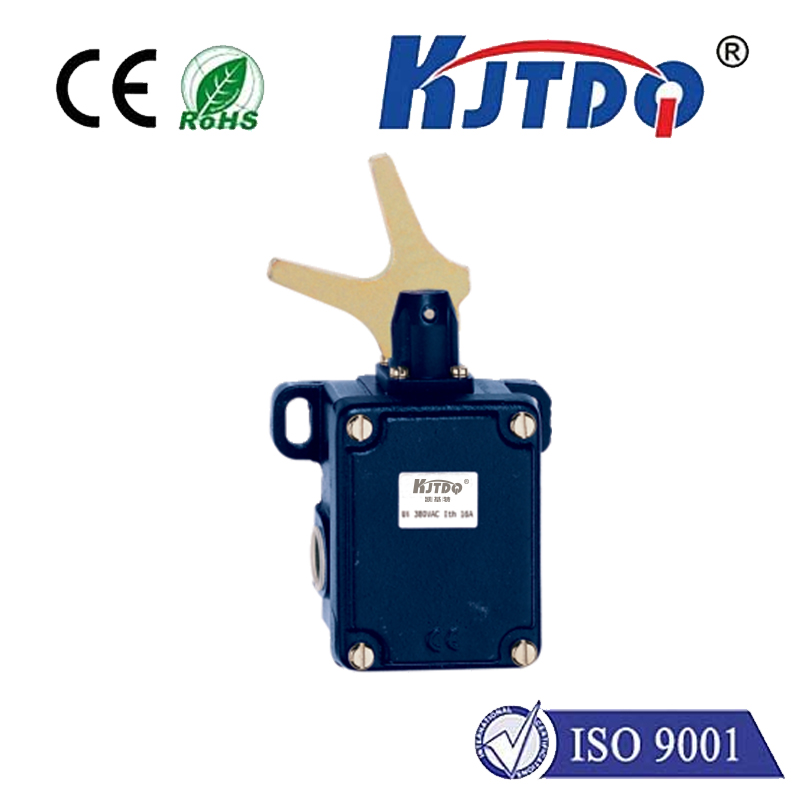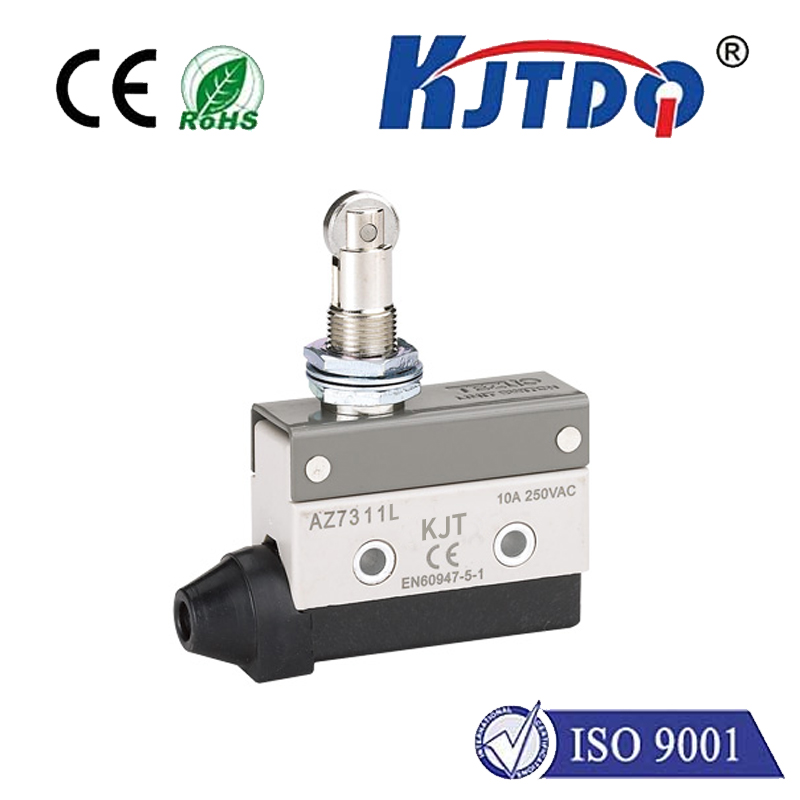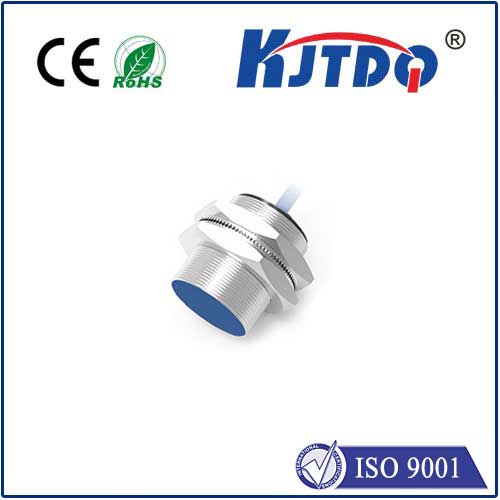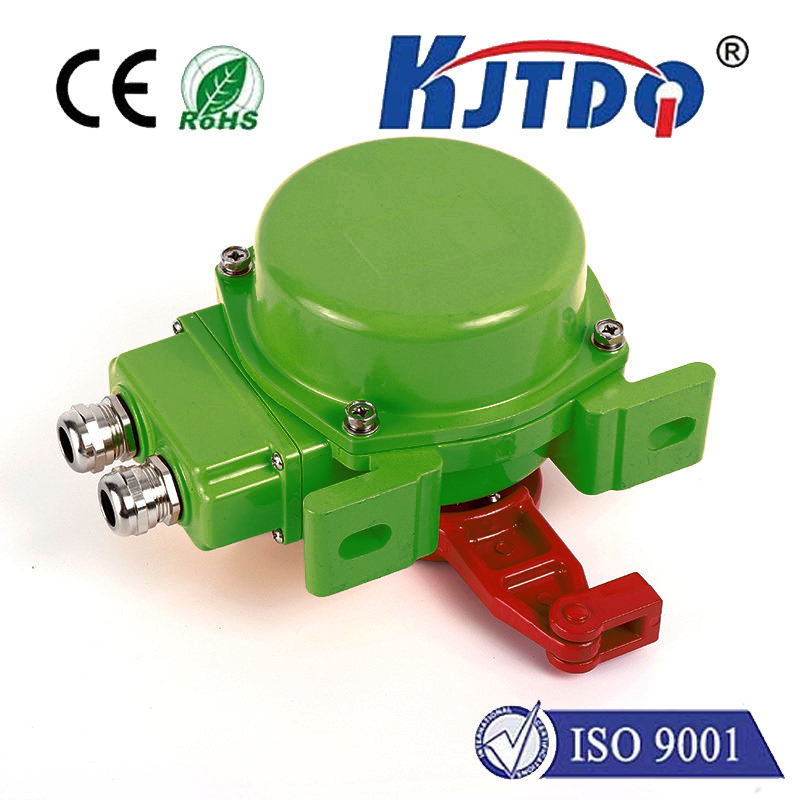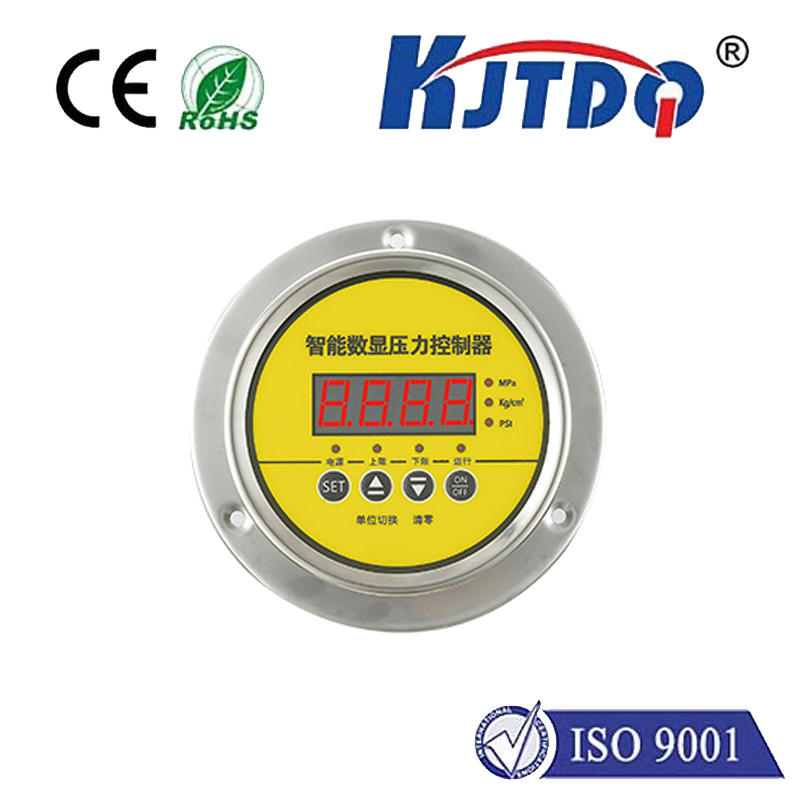capacitive proximity sensor types
- time:2025-06-17 02:11:30
- Click:0
Capacitive Proximity Sensors: Types, Applications and Selection Insights
Ever touched your smartphone screen, activated an automatic faucet, or watched a machine stop precisely when an object nears? That seamless, touchless interaction is often the hidden power of capacitive proximity sensors. Unlike mechanical switches or optical counterparts, these marvels detect objects without physical contact, leveraging the fundamental principles of capacitance. Understanding the different capacitive proximity sensor types is essential for selecting the right technology for diverse industrial, consumer, and automation challenges.
How Capacitive Proximity Sensing Works: The Core Principle
At its heart, capacitive sensing relies on the ability of objects to store an electrical charge. All sensors in this category contain at least one active electrode (often acting as one plate of a capacitor). When an electrical potential is applied, an electric field forms around this electrode, extending into the nearby environment. Think of it as an invisible “detection bubble.”
The key lies in what happens when a target object enters this field. If the object is conductive (like metal), it acts as the other plate of the capacitor, drawing the electric field lines towards it. If the object is non-conductive but has sufficient mass and a dielectric constant different from air (like plastic, wood, liquids, or even a human hand), it distorts the electric field lines. Both scenarios cause a measurable change in the sensor’s capacitance – its ability to hold an electrical charge.

The sensor’s internal circuitry continuously monitors this capacitance. When the change exceeds a predefined threshold (the sensitivity setting), the sensor triggers its output signal (e.g., switches on or off). This is the essence of proximity detection.
Exploring the Key Capacitive Proximity Sensor Types
While all operate on the capacitance principle, variations in design and target optimize them for specific scenarios. The primary classifications are:
- Standard Capacitive Proximity Sensors:
- Principle: These are the most fundamental type. The sensor’s face (housing) itself acts as one electrode, and the target object effectively becomes the other electrode (or dielectric) of the capacitor.
- Detection: Excels at detecting both conductive materials (metals) and non-conductive materials (plastics, glass, wood, cardboard, liquids, granules) as long as they have a significant dielectric constant difference from air.
- Applications: Extremely versatile. Common uses include liquid level sensing in tanks (detecting liquid through container walls), presence detection of non-metallic objects on conveyor belts (bottles, boxes), fill level control in hoppers (powders, granules), and simple touch interfaces (e.g., touch-activated lamps).
- Key Advantage: Broad material detection capability.
- Differential Capacitive Proximity Sensors:
- Principle: This sophisticated design employs two active sensing electrodes within the same sensor head. The system measures the difference in capacitance between these two electrodes.
- Detection: The genius of the differential approach lies in its ability to cancel out common-mode interference. Environmental factors like temperature fluctuations, humidity changes, or the build-up of dust, dirt, or condensation on the sensor face affect both electrodes equally. Since the sensor only responds to the difference between the electrodes, these uniform environmental effects are largely ignored.
- Applications: Critical where reliability is paramount in challenging conditions. Ideal for level control of liquids or bulk solids where condensation or product buildup occurs on the sensor face, detecting objects in humid or dirty environments, and applications requiring very stable operation despite ambient variations.
- Key Advantage: Exceptional immunity to environmental interference and buildup, enhancing long-term reliability and reducing false triggers.
- Projected Capacitive Sensing (PCT):
- Principle: Projected Capacitive Technology (PCT) differs significantly from traditional self-contained proximity sensors. It typically involves a grid or matrix of transparent electrodes (often Indium Tin Oxide - ITO) embedded within a touch surface, like a smartphone or tablet screen. Sensing can be mutual capacitance (measuring capacitance between intersecting row and column electrodes) or self-capacitance (measuring capacitance from each electrode to ground).
- Detection: Primarily designed for detecting the conductive properties of the human finger (or a specialized stylus). When a finger approaches the grid, it disrupts the local electric field at specific intersection points (mutual) or changes the self-capacitance of nearby electrodes. Sophisticated controllers map these disturbances to determine touch location(s).
- Applications: Ubiquitous in multi-touch screens for smartphones, tablets, kiosks, ATMs, and industrial HMIs (Human-Machine Interfaces). Also found in touchpads and some advanced touch-sensitive controls.
- Key Advantage: Enables precise multi-point touch sensing on flat surfaces, essential for modern interactive devices. Note: While detecting proximity, its primary function is pinpointing touch location.
Key Factors Influencing Sensor Selection and Performance
Choosing the right capacitive proximity sensor type involves considering several parameters:
- Material Properties: What is the target object made of? Conductive metal, plastic, wood, liquid? What is its dielectric constant (εr)? Materials with high εr (like water) are easier to detect at greater distances than low εr materials (like some plastics).
- Sensing Distance: The nominal sensing range (Sn) specified by manufacturers is typically calibrated for a grounded mild steel target. For non-conductive targets, the effective sensing distance reduces significantly and depends heavily on the material’s dielectric constant and thickness. Sensor sensitivity adjustment is crucial for tuning to specific non-metallic targets.
- Target Size: Generally, larger targets are easier to detect, especially at longer ranges or with lower dielectric constants.
- Environmental Conditions: Is there potential for buildup (dust, moisture)? Are there temperature swings or humidity variations? Differential sensors excel here.
- Installation/Container Walls: Sensors often detect targets through non-conductive walls (plastic, glass tanks). The wall material and thickness affect the effective sensing distance and must be factored in.
- Shielding: Shielded sensors focus their field output predominantly forward, minimizing sensitivity to surrounding metal objects and allowing flush mounting. Unshielded sensors have a larger, hemispherical field but are susceptible to side-effects and need clearance around them.
Harnessing the Power of Touchless Detection
From ensuring precise liquid levels in food production to enabling the intuitive swipe on your phone, capacitive proximity sensors offer a unique blend of versatility and reliability. By understanding the distinct characteristics of Standard, Differential, and







